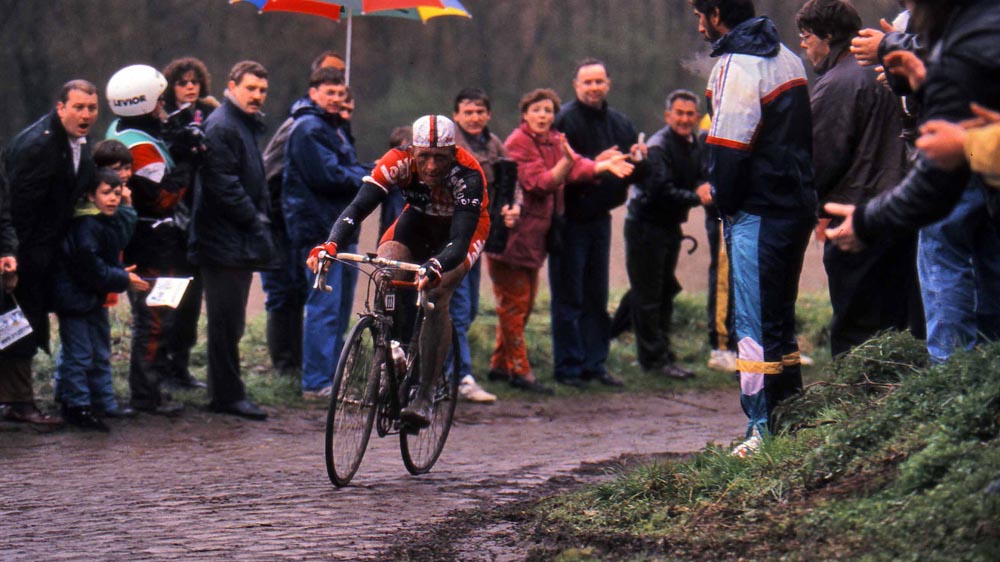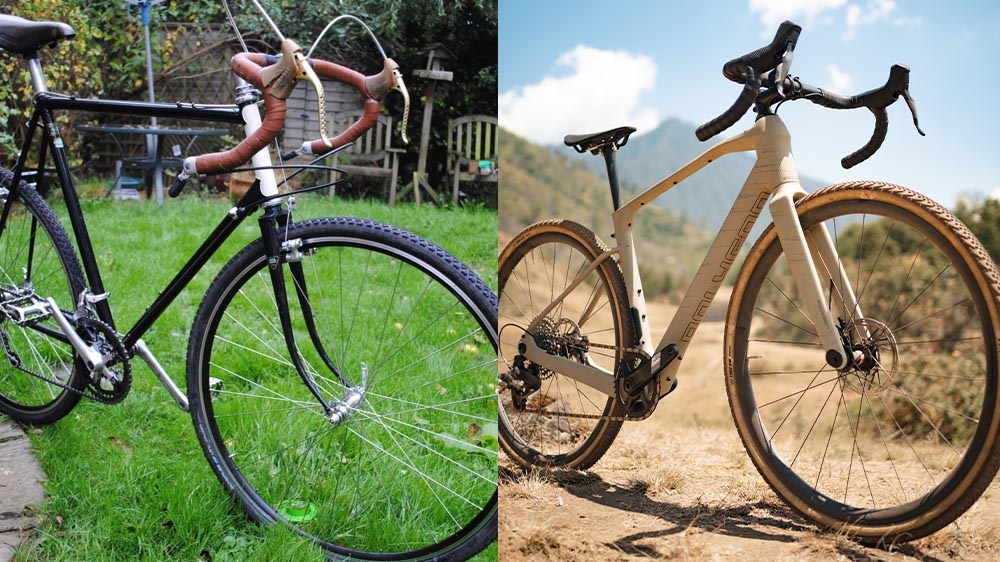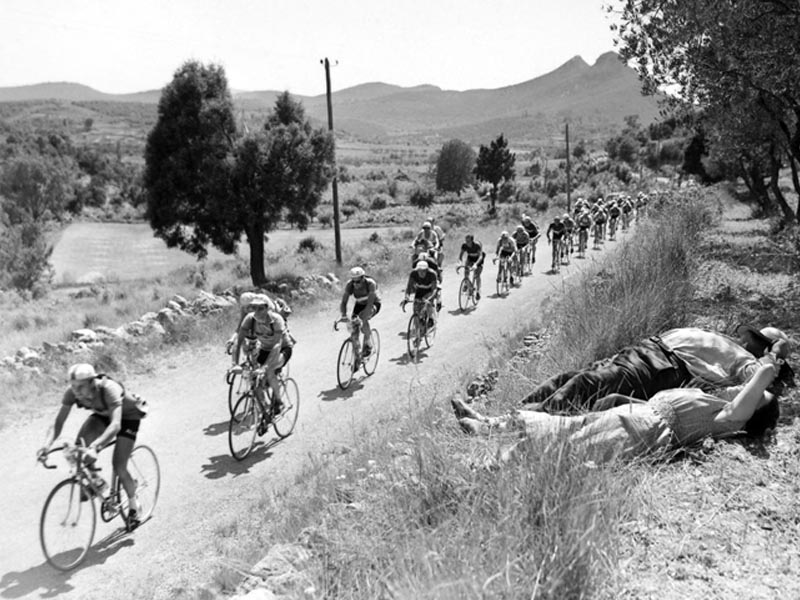There’s something about the sound of tires crunching over loose rock, the sudden shift from pavement to dirt, and the long horizon of unmarked roads that captures the spirit of gravel riding.
It’s a style of cycling that values the in-between; not quite road, not quite mountain, and yet somehow feels more complete than either.
Gravel riding is often described in technical terms: a blend of endurance and exploration over mixed surfaces. But behind the recent boom is a long, gritty story.
One that began before smooth asphalt, before dedicated bike paths, and long before the term “gravel bike” ever showed up in catalogs.
The Early 1900s: When Gravel Wasn’t a Choice
Before we had silky smooth asphalt and carbon road bikes, cycling was a gritty sport. Back in the early 1900s, most roads in Europe were either cobbled or dirt. Gravel riding wasn’t a category; it was simply what cycling was.
One of the earliest races that reflected this raw terrain was the legendary Paris–Roubaix, first run in 1896. It was nicknamed Hell of the North not just for its length, but for the brutal cobbled sectors that tested both rider and machine.
The harsh terrain meant crashes, punctures, and often a finish line that only a fraction of riders would reach.
It’s wild to think that these early racers, with their steel frames and tubular tires, were doing what we now pay race entry fees to experience. They were riding gravel before it was cool, before it was even called gravel.
Paris to Ancaster: The Modern Gravel Spirit Awakens

Fast forward nearly a century, and we see the gravel bike start to reemerge, not out of necessity, but out of curiosity and challenge. That spirit came alive in the early 1990s with the creation of the Paris to Ancaster Bike Race in Ontario, Canada.
Launched in 1994, this race drew inspiration from Europe’s toughest classics. But instead of sticking to one kind of terrain, it deliberately mixed it all in; tarmac, gravel, mud, and even a few farm fields. It was chaotic, unpredictable, and instantly popular.
Unlike the clean-cut road races I’d seen on TV, Paris to Ancaster felt like something different. Something more real. The kind of event where grit mattered more than gear. And people loved it. It brought back a forgotten truth: cycling doesn’t need to be polished to be beautiful.
The Bike Evolves: Built for More Than Speed
As more riders sought unpaved adventures, traditional bikes began to fall short. Road models lacked the stability and clearance needed for rough ground, while mountain setups felt too heavy and sluggish for longer, faster rides.
In response, a new breed of bicycles emerged, purpose-built for adventure beyond the asphalt. The modern gravel bike found its identity somewhere between road precision and off-road resilience.

Key developments shaped this category:
- Geometry changes introduced longer wheelbases and slacker angles, improving handling on uneven terrain.
- Tire compatibility expanded, allowing for wider, tubeless-ready rubber that could roll comfortably over everything from pea gravel to packed dirt.
- Utility features like mounting points for extra bottles, bags, racks, and fenders signaled readiness for big miles and bigger stories.
Gravel bikes weren’t just responding to a niche; they were enabling a new way to ride. Versatile, durable, and adaptable, they became the ideal companion for those chasing something off the beaten path.
Brands like Polygon quickly embraced this shift, designing bikes that delivered both performance and reliability.
Whether it’s a single-day ride through backcountry trails or a multi-day bikepacking loop, today’s gravel machines are built for more than just pedaling; they’re built for possibility.
More Than Just A Trend: Gravel Culture Emerges
Gravel cycling today is more than a category on a gear website; it’s a mindset. One that welcomes dust over discipline, shared stories over podium finishes, and the journey over the destination.
Events like Unbound Gravel in Kansas have only accelerated this momentum. What began as grassroots gatherings has become global spectacles, attracting elite athletes, casual explorers, and everyone in between. Yet, the core remains the same: camaraderie, unpredictability, and a deep appreciation for the roads less traveled.
There’s something refreshingly human about the gravel scene. No pressure to go fast. No judgment over gear. Just riders drawn to the open road, wherever that may lead.
It’s not about crushing climbs or drafting tactics, it’s about riding with curiosity, grit, and the freedom to veer off course.
Read also
- Alloy or Carbon Gravel Bike Frame?
- Smart Gravel Bike Maintenance Tips
- 5 Gravel Bike Hacks for Epic Adventures
The Journey Continues: Where Gravel Goes From Here
Looking back, gravel riding history reads like a full-circle moment. What began as a necessity, grinding over cobbled roads and dirt paths, has evolved into a celebrated form of exploration.
Today’s riders are returning to that sense of unpredictability, not because they have to, but because they want to.
And it doesn’t end here. The scene continues to grow, more riders, more routes, more stories. New races pop up in unexpected corners of the world, and bike technology continues to evolve.
Yet the soul of gravel stays rooted in its origins: the spirit of adventure and the thrill of not knowing exactly what’s around the next bend.
For those ready to start their own chapter in this story, the right equipment makes all the difference. The gravel bikes from Polygon are a great place to begin, well-balanced, ready-for-anything machines designed to match the ever-changing rhythm of the ride.
Because gravel isn’t just a surface. It’s a state of mind. And it’s been that way for over a hundred years.













